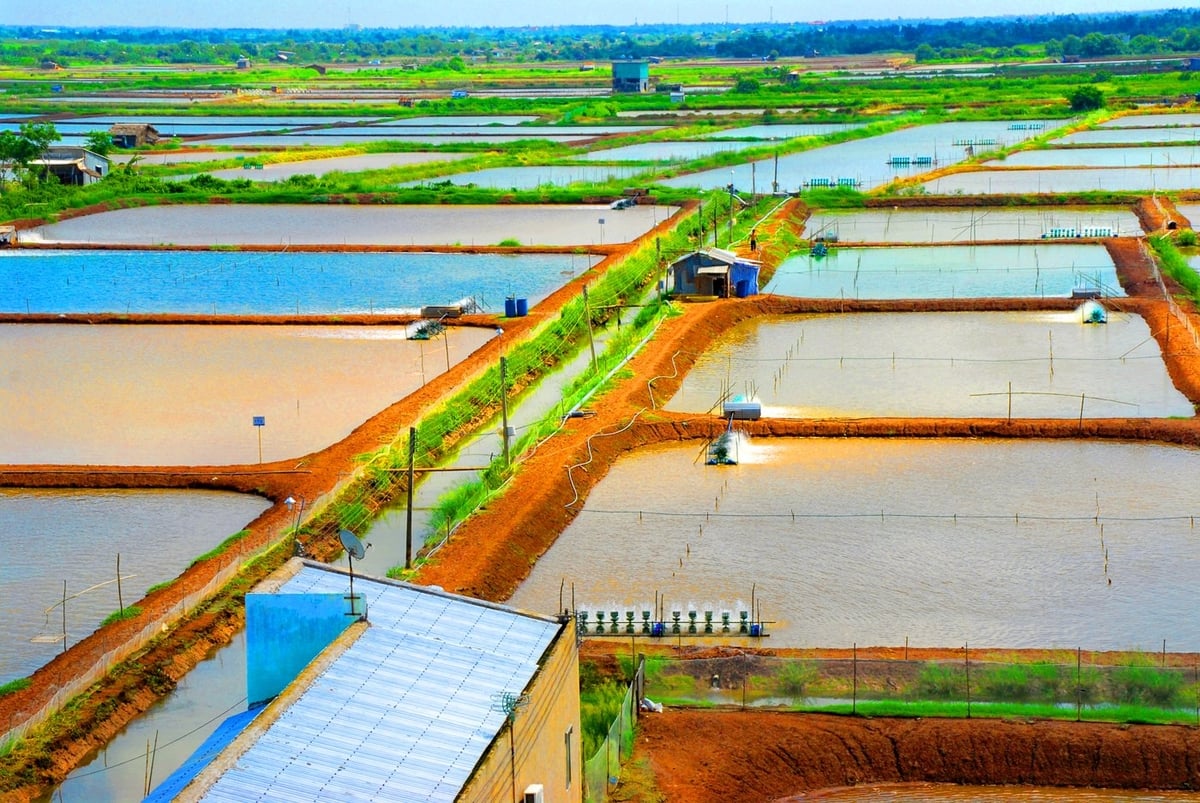
In 2024, the brackish water shrimp farming area will reach 737,000 hectares with an output of 1.264 million tons, up 5.3% over the previous year. Brackish water shrimp exports will bring in 3.856 billion USD, up 14%. Photo: Le Hoang Vu.
Green development strategy in shrimp industry
The Department of Fisheries and Fisheries Surveillance (Ministry of Agriculture and Environment) has just coordinated with the Organizing Committee of the Vietnam International Shrimp Technology Exhibition 2025 (VietShrimp 2025) to organize a workshop on greening the Vietnamese shrimp industry.
According to the Department of Fisheries and Fisheries Surveillance, the shrimp industry has played an important role in seafood exports over the past two decades. Every year, shrimp contributes about 40-45% of the total seafood export value, equivalent to 3.5-4 billion USD.
The strong development of aquaculture has created jobs and increased income for millions of farming households. In particular, in recent years, the Government has paid attention to directing and issuing many policies related to the sustainable development of the aquaculture industry in a green and clean direction. In 2022, the Project on environmental protection in aquaculture activities for the period 2021-2030 was approved by the Prime Minister .
One of the goals is to improve climate change adaptation capacity, reduce greenhouse gas emissions, and build and develop circular economic and green economic models in fisheries activities.
According to experts, green transformation in the aquaculture industry has three core goals, including: expanding sustainable farming models, effectively managing all fisheries, and upgrading value chains in the aquaculture feed system.
Shifting towards green and circular production is also a trend for many seafood businesses. The trend of aquaculture and seafood processing to reduce greenhouse gas emissions helps businesses ensure environmental indicators in accordance with international certifications.
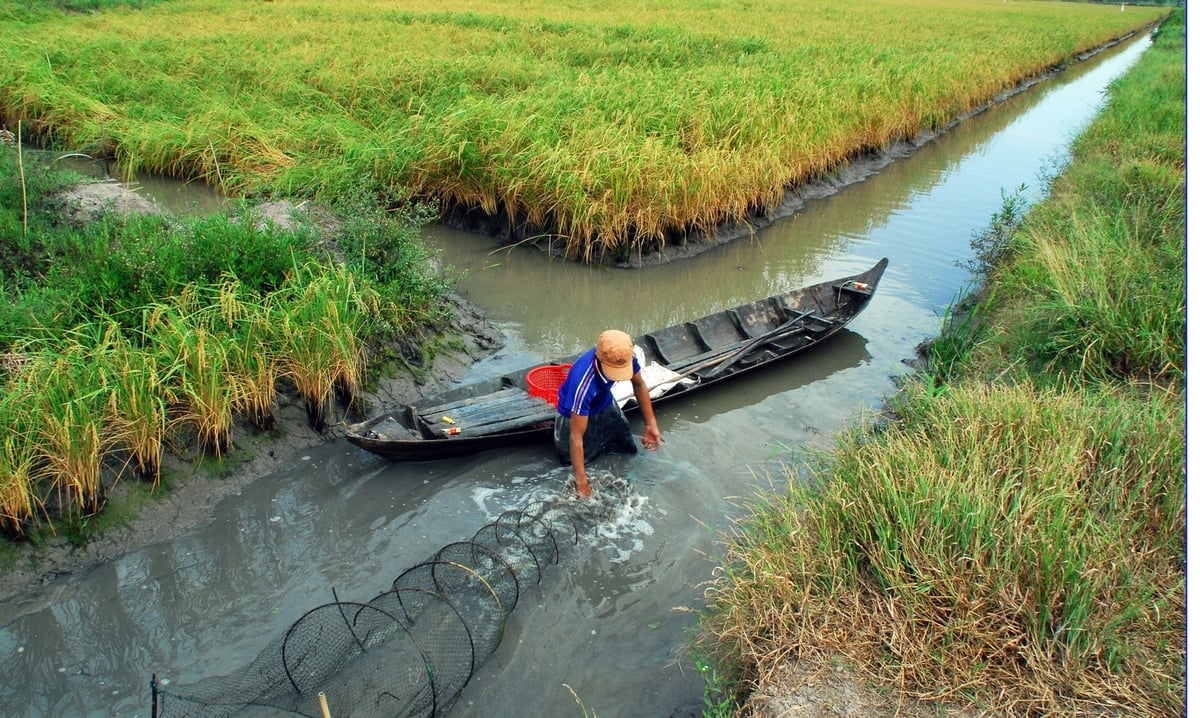
Applying an environmentally friendly shrimp farming model not only helps increase export value but also contributes to protecting the ecosystem. Photo: Le Hoang Vu.
In the context of Vietnam's seafood industry moving towards sustainable development, Mr. Tran Dinh Luan, Director of the Department of Fisheries and Fisheries Control (Ministry of Agriculture and Environment), said: The importance of green development in the brackish water shrimp production chain is the application of an environmentally friendly shrimp farming model that not only helps increase export value but also contributes to protecting the ecosystem, ensuring long-term livelihoods for farmers.
In 2024, the brackish water shrimp farming area will reach 737,000 hectares with an output of 1.264 million tons, up 5.3% over the previous year. Brackish water shrimp exports will bring in 3.856 billion USD, up 14%, reflecting the strong growth potential of the Vietnamese shrimp industry.
According to Mr. Tran Dinh Luan, implementing green development is an inevitable trend to enhance the competitive value of Vietnamese shrimp products. Applying high technology in farming, increasing the application of technologies such as Biofloc, Micro-Nano Bubble Oxygen, two-phase farming process, helps optimize nutrition and minimize environmental pollution.
Disease control and food safety mean reducing the use of antibiotics and increasing biological products in the treatment of aquaculture environments. Encouraging the recycling of by-products from the shrimp industry (shrimp shells, waste sludge) into value-added products such as chitin, chitosan, peptides, and organic fertilizers.
“Green development is not only a trend but also a prerequisite for the Vietnamese shrimp industry to maintain its position in the world market. By applying advanced technology, controlling diseases well and promoting the circular economy, the Vietnamese brackish water shrimp industry will not only grow in output but also aim for a safe, efficient and sustainable production,” Mr. Tran Dinh Luan affirmed.
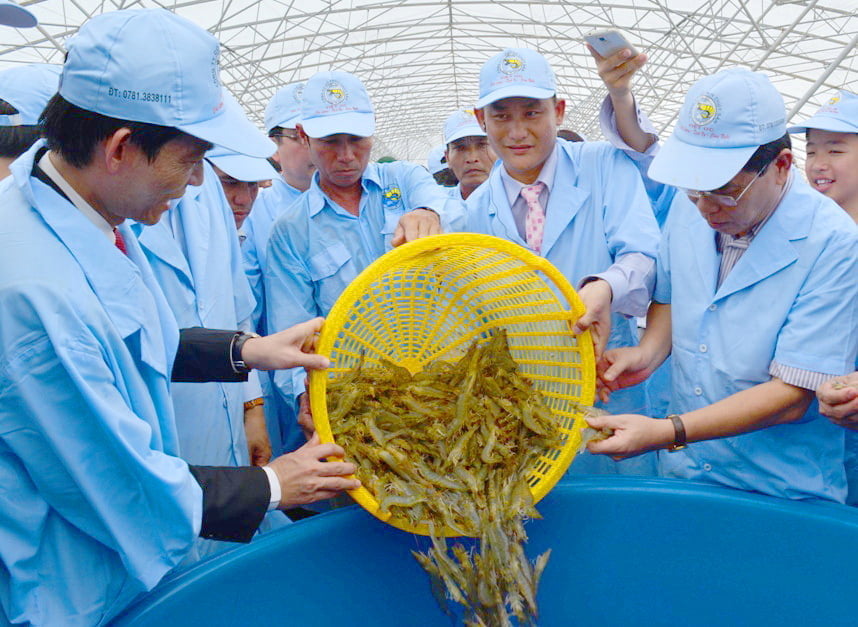
Shifting towards green and circular production is the trend of many seafood enterprises to better meet environmental regulations, laws and standards. Photo: Le Hoang Vu.
Shrimp industry needs to comply with international regulations
According to Mr. Ngo Xuan Nam, Deputy Director of the Vietnam SPS Office (Ministry of Agriculture and Environment), the Vietnamese shrimp industry will face many difficulties in 2025, especially strict requirements from the international market.
Major markets such as the EU, the US, Japan and China are increasingly tightening regulations on food safety, traceability and antibiotic residue control. This requires shrimp exporting enterprises to invest heavily in farming, processing and quality control processes. Failure to meet these standards will result in a high risk of import bans or high taxes.
In addition, the trend of sustainable consumption is pushing importers to seek products with ecological certifications such as ASC (Aquaculture Stewardship Council) or GlobalGAP. Therefore, the Vietnamese shrimp industry needs to transform its production model towards green, minimizing environmental impacts to maintain competitiveness.
In 2025, Vietnam will continue to implement its commitments in free trade agreements (FTAs) such as EVFTA or CPTPP. These agreements not only provide market access opportunities but also set strict standards on labor, environment and product quality.
In addition, the US market is also tightening regulations on anti-dumping and anti-subsidy taxes on imported shrimp. This requires businesses to have a long-term strategy and transparency in production and business to avoid legal risks.
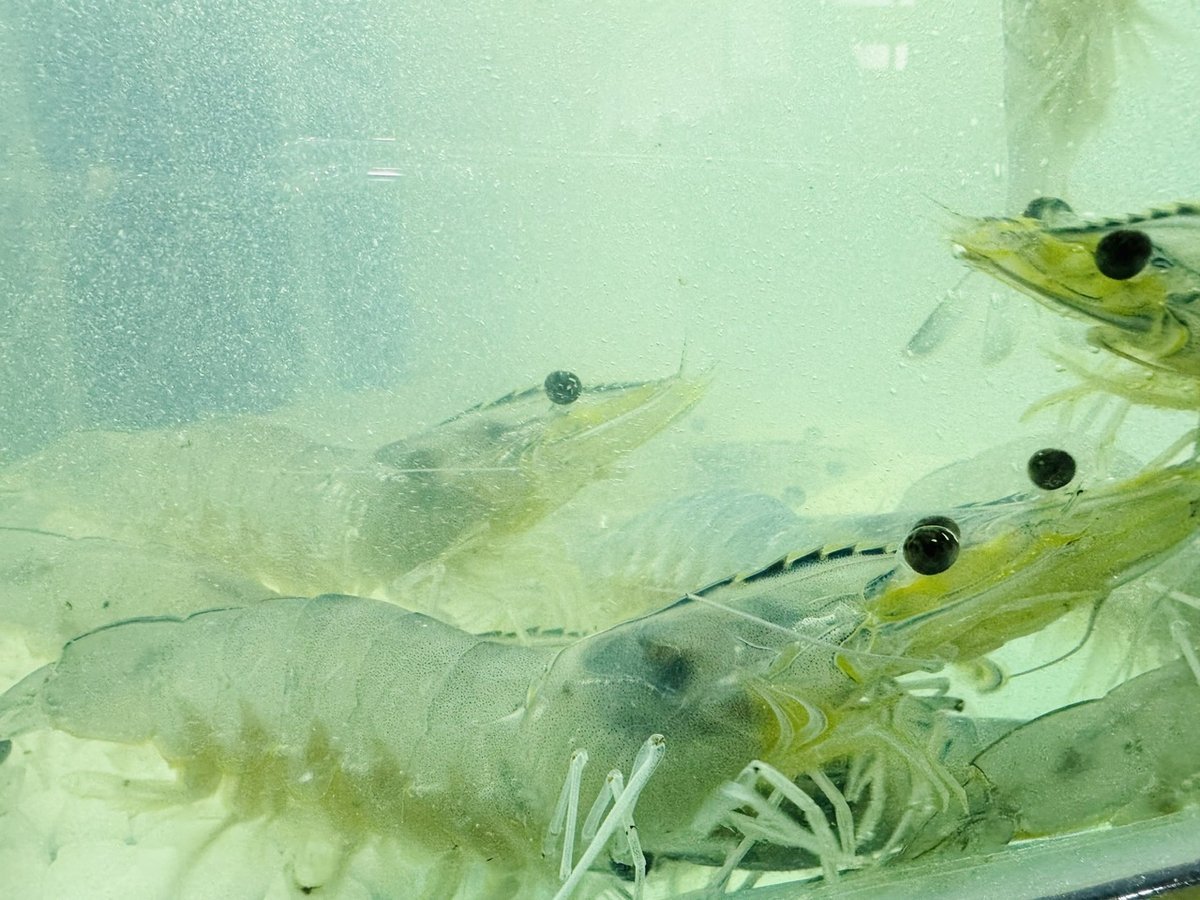
Green development is not only a trend but also a prerequisite for the Vietnamese shrimp industry to maintain its position in the world market. Photo: Le Hoang Vu.
To overcome these barriers, Mr. Ngo Xuan Nam emphasized that the shrimp industry needs to focus on strategic solutions such as: Promoting high-tech shrimp farming; Connecting farmers, processing enterprises and exporters; Encouraging ecological shrimp farming models, forest shrimp farming; Strictly controlling the use of antibiotics and chemicals in farming, ensuring transparent traceability.
With careful preparation and appropriate strategies, the Vietnamese shrimp industry can continue to maintain its position in the world market, taking advantage of opportunities from trade agreements and sustainable consumption trends.
According to Deputy Minister of Agriculture and Environment Phung Duc Tien, the shrimp industry is entering a green revolution phase with strong changes. Currently, many businesses have proactively invested in green shrimp farming technology, minimizing environmental impacts, meeting international market standards and achieving ASC, GlobalGAP, BAP certification.
Along with that, the use of shrimp feed has been improved towards less carbon emissions, increasing environmental friendliness.
The shrimp industry's goal is not only to focus on output but also to prioritize quality, protect consumer health and create sustainable added value. This is the key for Vietnamese shrimp to continue to affirm its position in the world market.
Source: https://nongnghiep.vn/phat-trien-xanh-giup-nganh-tom-viet-nam-duy-tri-vi-the-tren-the-gioi-d745032.html


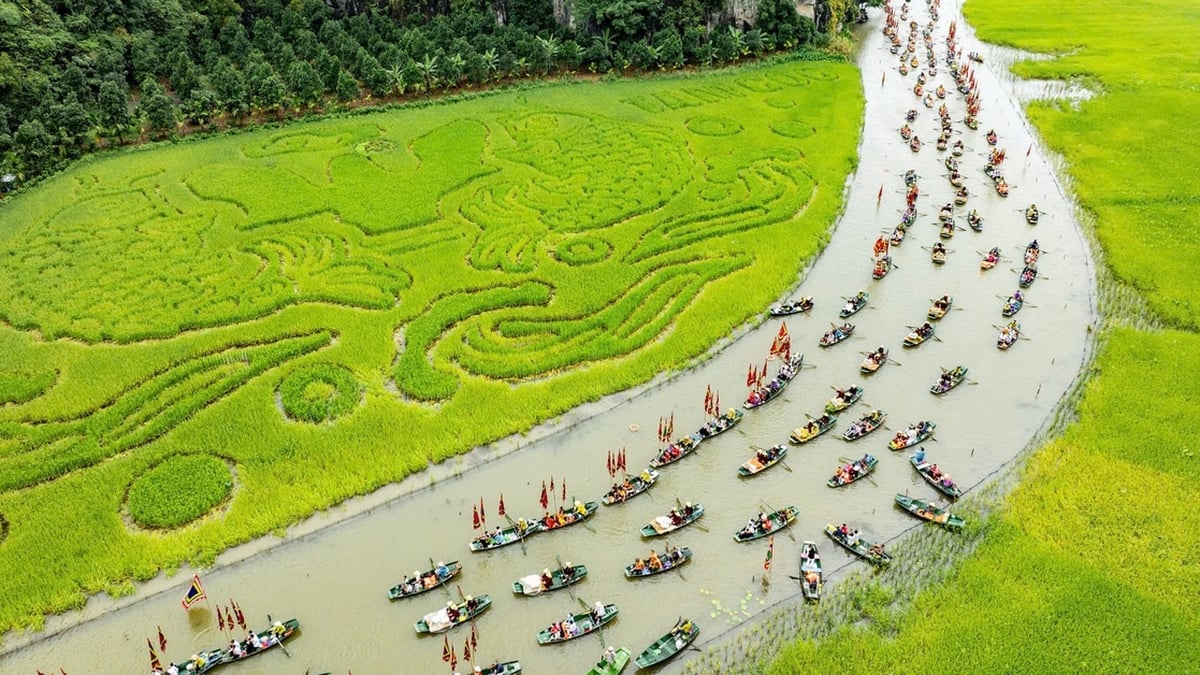

![[Photo] Hungarian President begins official visit to Vietnam](https://vphoto.vietnam.vn/thumb/1200x675/vietnam/resource/IMAGE/2025/5/27/ab75a654c6934572a4f1a566ac63ce82)


![[Photo] Vice President Vo Thi Anh Xuan, French President Emmanuel Macron and his wife visit Hanoi University of Science and Technology](https://vphoto.vietnam.vn/thumb/1200x675/vietnam/resource/IMAGE/2025/5/27/267b6f2bdf3e46439f081b49f6ec26b1)
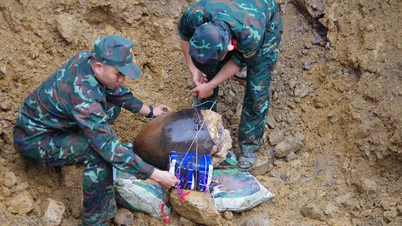

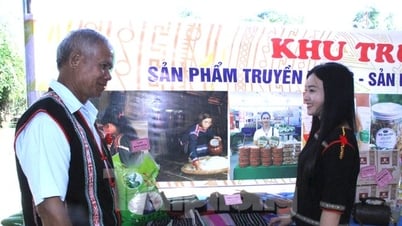


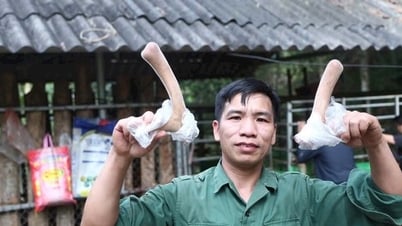
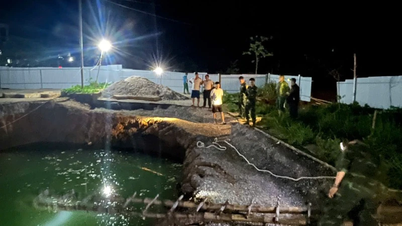
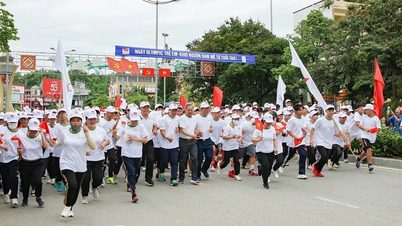


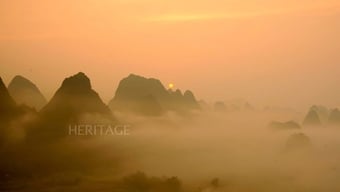
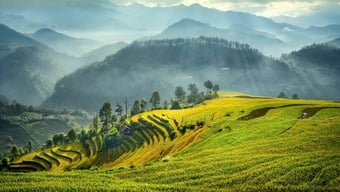
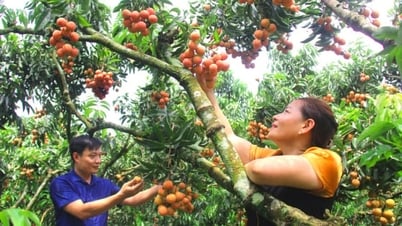
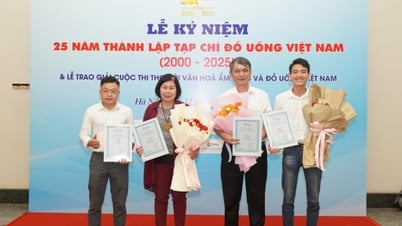
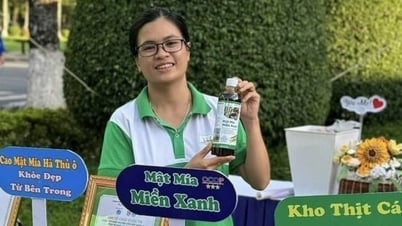





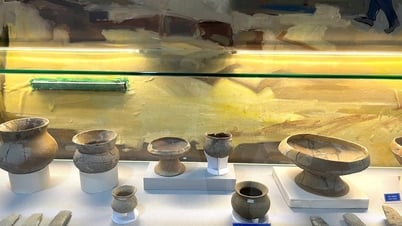



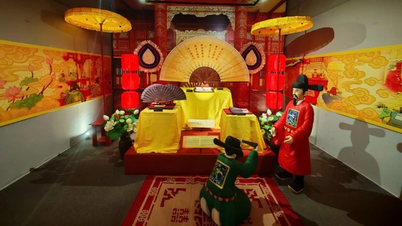
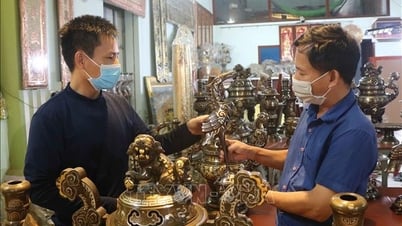
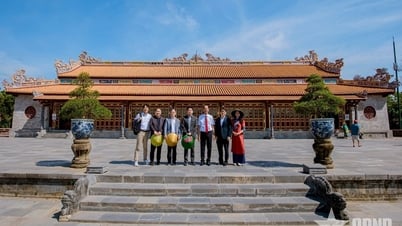



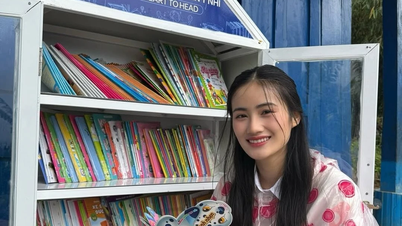

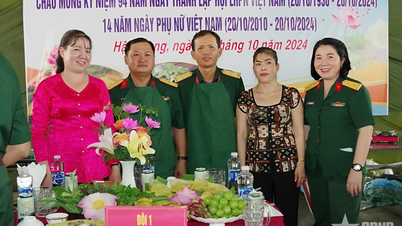





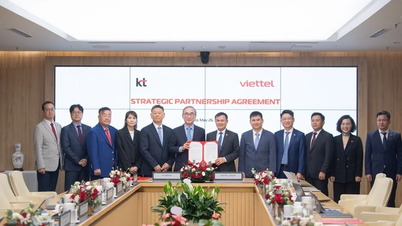

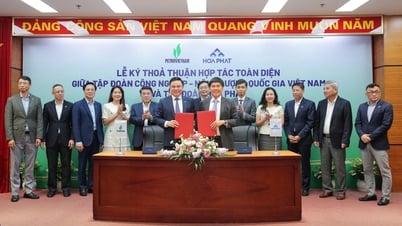

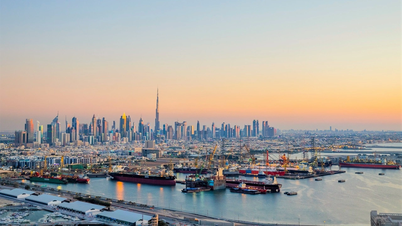

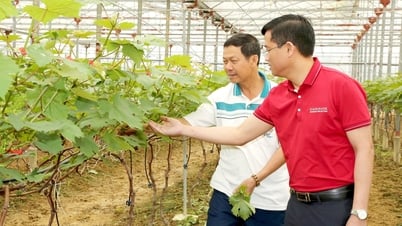


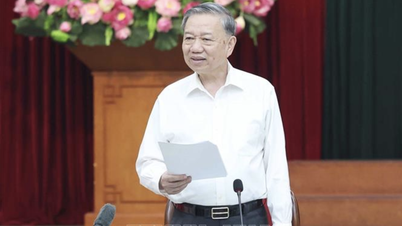
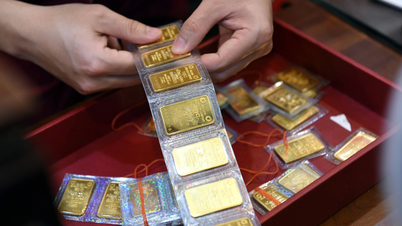
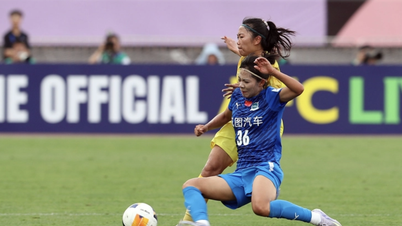
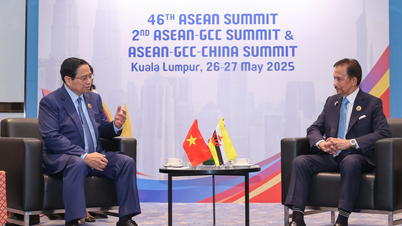


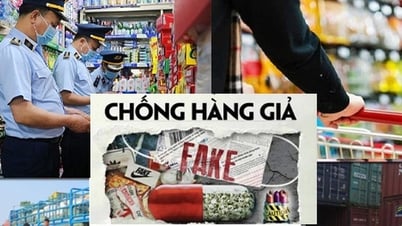

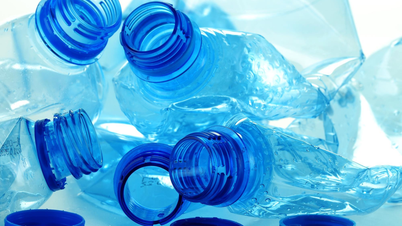


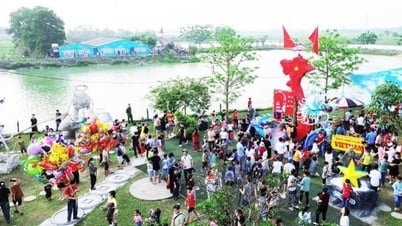
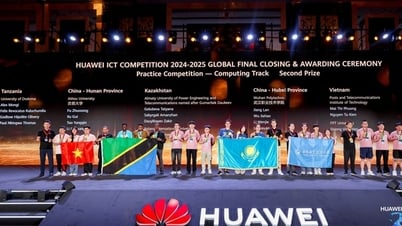

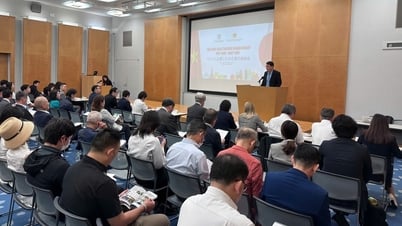
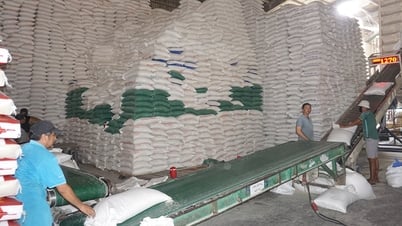
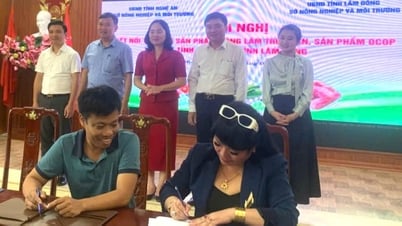



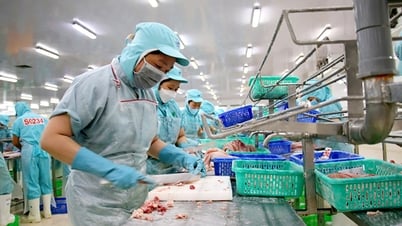




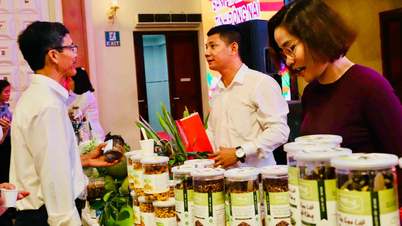

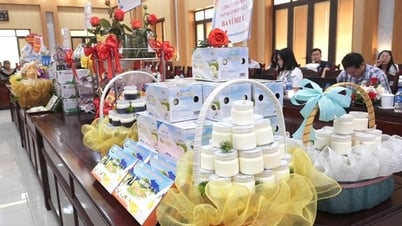

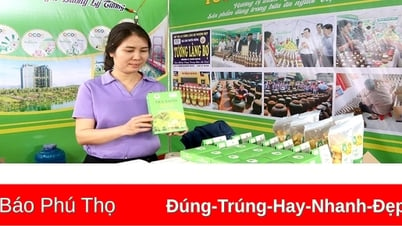

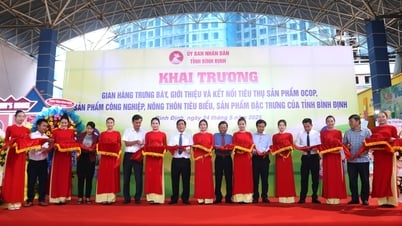

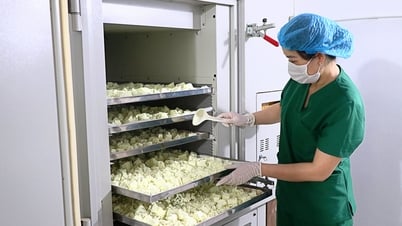

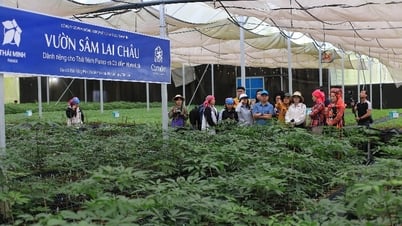

Comment (0)